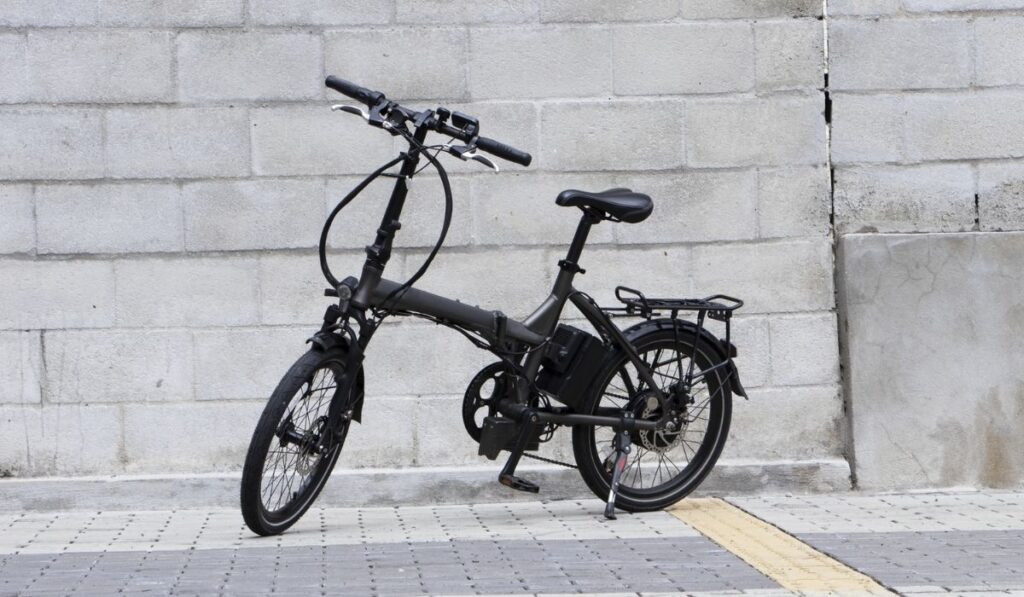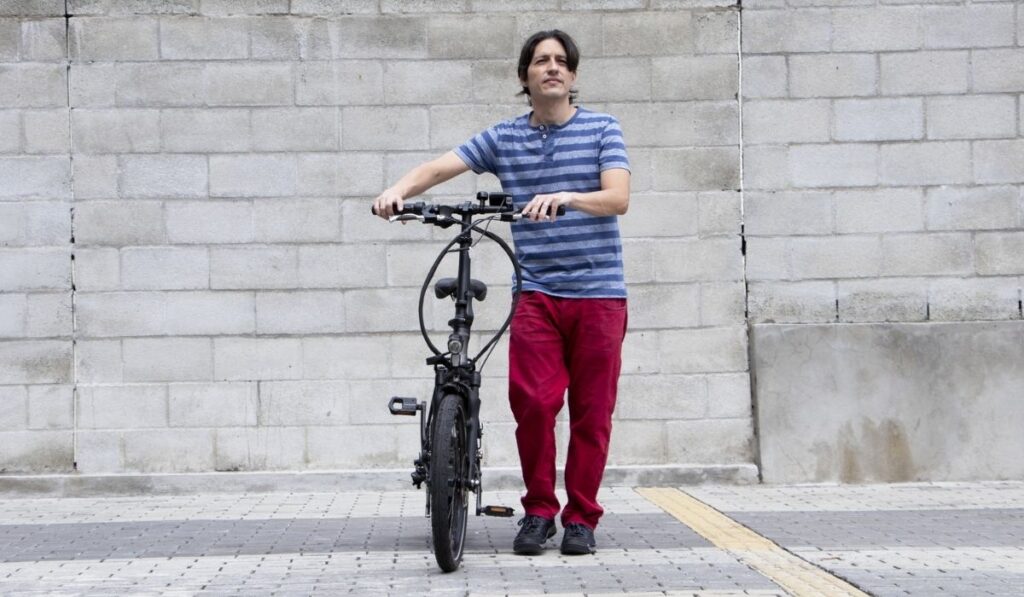It makes perfect sense to figure out how to put lost energy back into your battery, and this technique, called regenerative braking, has been very successfully used in electric cars for a long time. It works by using energy from your braking momentum to recharge your battery. When it comes to bikes, sadly this system is not as common as it could be. So, why don’t we see more e-bikes with regenerative braking?
Regenerative braking is not common in E-Bikes because they are much lighter and have less momentum at speed than something like a car. They can’t recharge enough power from a regenerative system to make it worth adding one. That said, some niche bikes do have this feature.
Despite adopting modern power electronics, regenerative braking in e-bikes is not as simple as it seems. There are several limitations concerning the design, usage, and cost of bikes with regenerative braking. Let’s look at some of the key reasons why regenerative brakes aren’t popular in electric bikes.
How Regenerative Braking Works

To understand regenerative braking, let’s first analyze how regular brakes work. When you clutch the brake lever, it creates pressure in the cables that press down on brake pads and clamp them to the wheel’s rotor. The contact between the brake pads and rims produces friction, slowing down and eventually stopping the wheel.
Normally during this process, some kinetic energy from the moving wheel converts to heat, absorbed mainly by the brake pads and rotor; which causes these parts to eventually deteriorate. Regenerative brakes, on the other hand, use this lost energy to charge the battery.
Regenerative braking works by magnetically coupling a direct drive motor with the wheels. As you squeeze the brake lever, the controller sends a signal to the motor to turn it on, and then it acts as a power generator.
The regenerative braking absorbs some of the power the motor generated when braking started. This produces a small current to charge the battery that was “regenerated” from the power put into moving the bike forward.
So simply every time you pull the brakes, the regen system converts some kinetic energy back into power which increases the range of the e-bike. The more you pull the brakes and stop, the more charge will be fed back into your e-bike. Convenient, right?
Does Pedaling an E-Bike Recharge the Batteries?
No, it’s a misconception that pedaling an e-bike will recharge the battery. Regenerative energy is only produced when you use the brakes. Moving the pedals doesn’t generate energy.
However, pedaling does reduce motor strain, which will significantly extend the lifespan of your battery. So if you think pedaling more gives you better performance, it’s actually because you are reducing the strain on your battery, not because you are recharging it.
Do Any E-Bikes Have Regenerative Breaking?
Because it’s not a highly efficient technology for bikes, only a few bike manufacturers have added regenerative braking systems to their e-bike designs. Several Rad power bike models have regenerative braking systems, such as their Turbo Levo, and Grace Urbanic models. Stealth Electric Bikes have begun to add regenerative braking technology to their more expensive e-bike models.
Some popular e-bike models with regen braking are the RadCity 4, RadWagon 3, Turbo Creo SL, The Stealth P-7, and GRACE MX II Urban.
Why Don’t More E-Bikes Have Regenerative Breaking?

There are a few factors that make regenerative braking inefficient in e-bikes. Let’s explore them below:
- Regenerative brakes are used with direct-drive motors, that aren’t common in e-bikes. These motors have their own drawbacks; they’re expensive, heavy, and complex. In addition, direct-drive motors don’t allow freewheeling, which means you have to fight against the motor’s resistance once your battery runs out. This makes pedalling much more challenging.
- Bicycles are lightweight, so they produce limited amounts of momentum and reverse torque, which results in less recharge. High RPM (or spin rate) can compensate for this, but the highest RPM in bikes is produced by mid-drive motors, which don’t work with regenerative brakes.
So with the typical spin rate, you get only 4%-5% regenerative recharging, in other words around 1.5 miles per every 30 miles. Compared to the extra money needed and additional weight, such a low recharge rate just isn’t worth it. - Regenerative power produces a lot of heat, which can damage and reduce the life of lithium batteries used in e-bikes. Another factor is frequent charging and discharging, which is exaggerated every time you pull a brake. All this can add up to an early battery death.
- Regenerative brakes are most effective when you’re traveling downhill or use your brakes frequently, like you would when traveling in a city area.
While cars and larger vehicles have to brake at every turn and red light on big roads, bike riders in these environments are less likely to pull their brakes so often. And when they do, their speed will already be low so it won’t result in much recharge.
All these factors combined make regenerative breaking in e-bikes less appealing both economically and operatively. Unless manufacturers find a way to get a better energy flow for a lower price, we don’t expect to see regen brakes as a common feature in e-bikes anytime soon.
Can You Add Regenerative Breaking to an E-Bike?
Yes, it is possible, but to do this you need to make some significant changes.
The most important component you’ll need is a gearless mid-drive motor since only they have the mechanism that enables reverse charging. You’ll also need some sort of switch to engage the regenerative system every time you pull the brake. An e-brake lever or a throttle switch can be used for this, depending on your preference.
Then you need to have a controller that manages this mechanism. Make sure you get a controller with a regenerative power option, as not every controller has this feature.
Some programmable controllers are also available; you can use these to manipulate the recovery period and maximum possible charges.
Connect the controller system hub to the motor and brake lever using the respective wires. Now every time you press the brake, you’ll sever the connection to the controller which sends a signal to the motor to use reverse mode.
The final step is to add a torque arm to the rotor, since regenerative brakes move the rotor forward and backward, the toque arm will prevent over-rotation. It’s a must if you’re riding a bike with more than 500 W of power.
Conclusion
And that’s all there is to it. After everything is set up, make sure to test it; you’re good to go if you can see the charge level rising slightly when you brake.
We hope this article was insightful and you now have a better idea of how regenerative braking works in e-bikes.
